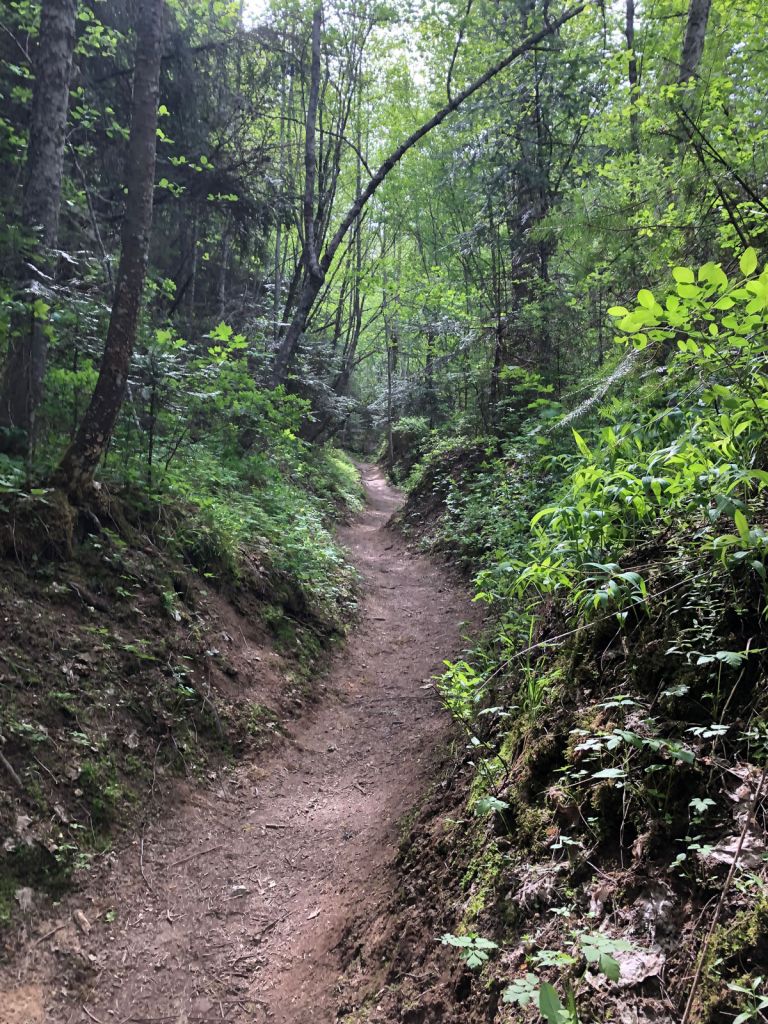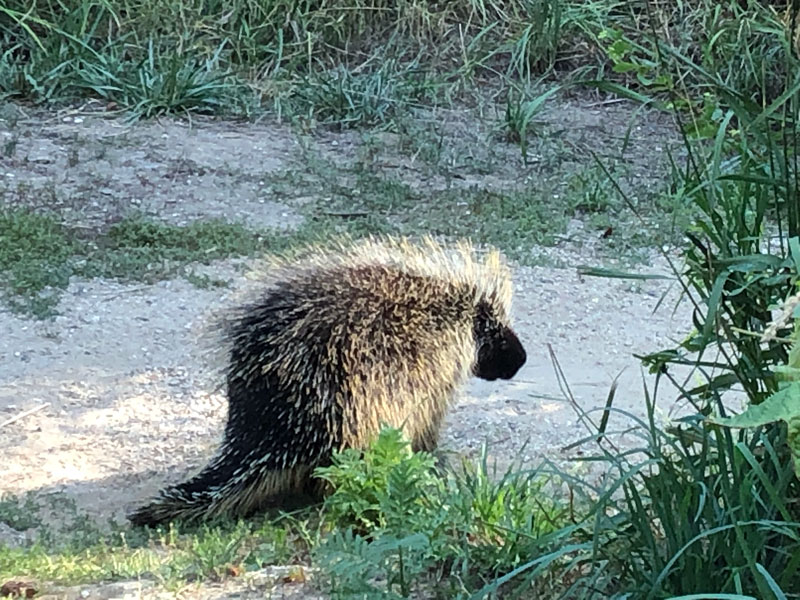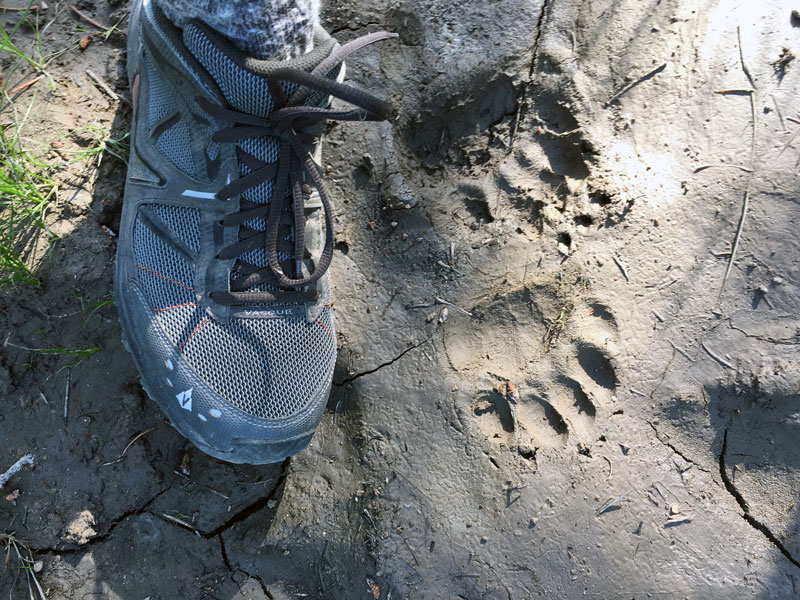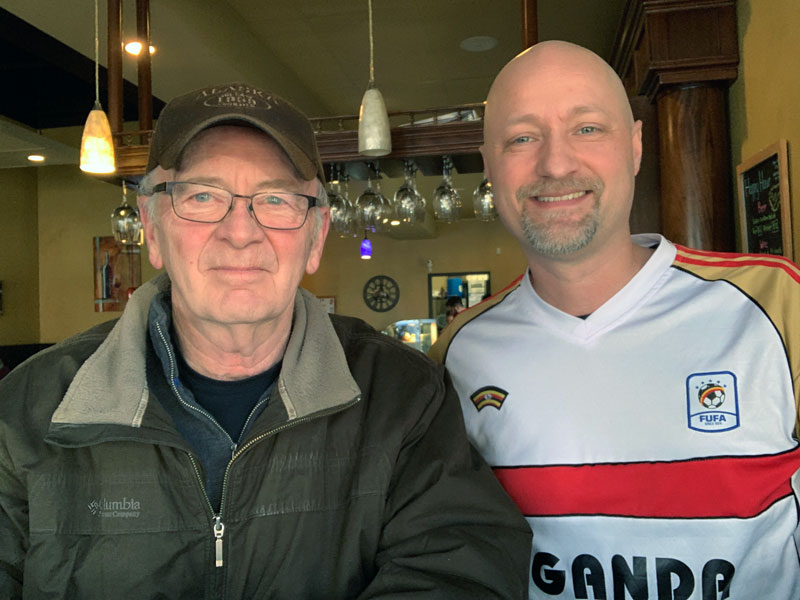Kara Twining remembers the day everything changed in her work as a high school counselor.
It wasn’t connected to her first cyberbullying case or an embarrassing viral video. Those were still to come. Instead, it revolved around a routine change in a student’s class schedule.
It was 2008, and she was working at Post Falls High School. Twining shared options with the student and then sent her on her way to “talk to your parents and come back tomorrow and tell me what you want.”
Five minutes later, Twining’s phone rang. It was the parents. Telling her what they wanted.
“Today, we go, ‘well, yeah,’” Kara said of the quick relay of information and decision. “But back then, it was weird.”
This lightning connection didn’t take long to catch on, fueled mostly by the convenience of cell phones and quick-fire emails. Almost as instantaneous was Twining’s realization that whatever was gained in efficiency had a corresponding loss.
“We have lost our pause,” she said. “We have lost the time to think, the time to have a conversation, the time to get over emotions.”
“We have lost our pause. We have lost the time to think, the time to have a conversation, the time to get over emotions.”
Kara Twining
As we visit, a Central Valley student approaches the glass wall to Twining’s office. After a few years at University High School, she currently works with CV sophomores and seniors, last names H-O.
He mouths a message to Twining through the window. I offer to take a break from the interview, but the need isn’t urgent. Twining explains that in this case, it won’t hurt him to wait.
“There’s an anxiety toward getting stuff done and answered immediately,” she said, explaining that despite a caseload of 385 students, students and parents often expect her to respond to requests in real time. “Everything has to be so instant. If they turn in a note, and I haven’t called them down that day, they are super confused.”
Society has become fond of calling this type of behavior “entitlement.”
“That’s a big word adults are using on kids,” Twining said. “I just think it goes back to the instant, on-demand lifestyle that they live.”
She added that it’s unfair to tag this as an 18-and-under issue. Parents commonly make a reactionary call or text moments after their student encounters an issue.
“There’s no pause,” Twining said. “There’s no, ‘Let’s talk about it at dinner’ or, ‘I’ll see if I can connect with Mrs. Twining tomorrow. Let’s sleep on it.’
“I mean, no one does that anymore. And I feel like that set us up for the Armageddon of social media that was coming at us.”
Aww, social media. If cell phones and email kicked “pause” out of the house, social media locked and barred the doors. Twining not only knows the research, she has seen it file in and out of her office for the past decade: the marked increase in depression and anxiety since 2011; the 2017 CNN study about how teens no longer differentiate between their online and offline lives; the billions of dollars companies spend to keep your face lit by a glowing screen.
A decade ago, the issue was virtually unexplored. It’s hard to draw the map before you enter the frontier.
“There was no way to know what this would do to our privacy, what this would do to our hearts,” Twining said.
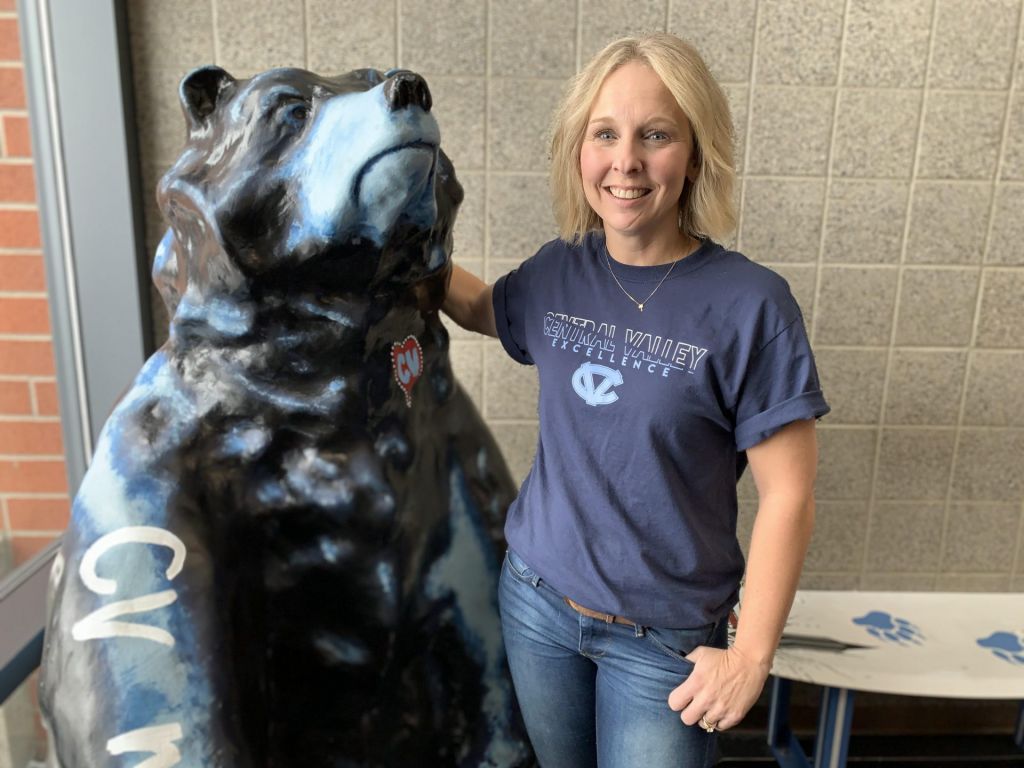
So Twining and her peers have been responding in real time, identifying and sharing best practices as they go. The education of both students and parents has become a priority. From podcasts to parent meetings, she talks about social media whenever she gets the chance. In the past year, she has helped organize a handful of local screenings of “Like,” a documentary that asks, “Are you using technology or is technology using you?”
It’s a question Twining said parents should first address to themselves.
“We have the same addiction to the validation that the kids do, and to say that we don’t is ridiculous,” she said. “We look at who likes our pictures.”
While parenting through social media begins with an honest look in the mirror, it certainly doesn’t end there. When her son asked her why YouTube comments were blocked on the Minecraft video he was watching, Twining taught him how commenters often leave deceiving links that are gateways to pornography or other predatory corners of the web. Then, she offered to turn the filter off long enough to read the comments together before turning it back on.
“Kids need to know why,” Twining said. “Parents operate out of fear, and it’s so much easier to shut it down than talk through it.”
She said that’s one problem with society’s fixation on limiting “screen time.” While time limits are well and good — “you wouldn’t leave your kid at a party for four days; you need to have downtime,” she said — on their own all they teach is the importance of, well, time limits.
Twining prefers a more holistic approach coupling parental controls — “Every device you have has parental controls; even your WiFi has parental controls”— with purposeful education. Teaching opportunities extend from the moment a child picks up their first device to helping them navigate social media, where she encourages parents to constantly be teaching: “We don’t talk to people like this. We don’t like pictures where people are being hurt. We don’t friend people we don’t know. We don’t DM a boy inappropriate pictures.”
“Are we talking about the things that are happening in their social universe and parenting through it?” Twining said. “Our parents didn’t know everything we were doing; we’re not going to know everything they’re doing. But you give them the most tools that you can.”
The end goal is to equip them to make the right decisions on their own. Whether that’s muting an online “friend” who is posting questionable content or learning the value of “pause,” “you have the power to stop seeing those messages,” Twining said.
“The hope is that by the time they get to the ocean (of social media) with all the sharks that they know how to swim or cry for help,” she said. “Hopefully, you raise a child that recognizes the crap and calls it out.”
Coffee Notes
For this conversation, we met in the Central Valley High School counseling office, and so I brought along coffee from Kara’s first-choice drive-through: Crush Coffee Bar, 16923 E. Sprague Ave. She said she first started her Crush habit when she worked at University High School, just down the street from Crush’s first location on 32nd. A coffee purist, she went with an Americano, drinking it black. A coffee experimentalist, I tried something I’ve never had before: the Amaretto Cheesecake, made with white coffee. Definitely a “have to be in the mood” drink, but on this occasion, I was — and it was perfectly executed.
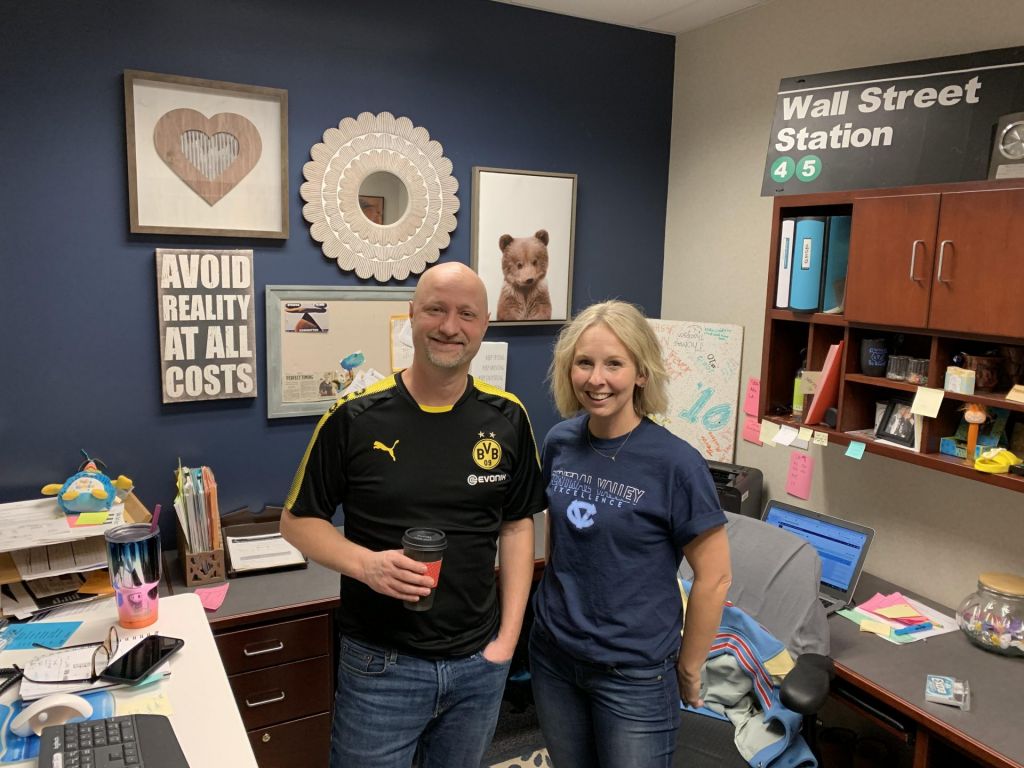
My sincere thanks to Kara for helping teens (and parents like me) navigate the uncharted waters of technology.
— Josh Johnson (soccer jersey: Borussia Dortmund)
While you’re here, would you do me a favor?
If you enjoy articles like this one, join the CoffeeJosh mailing list. It’s hurry-free, spam-free and also free … free. As a thanks, I’ll send you a PDF — you guessed it, free — that has 10 of the best coffee shop orders in the Spokane area. (All 10 are drinks and treats local coffee shop owners make for themselves. In this case, expect to pay for your order and feel like it was totally worth it.)








